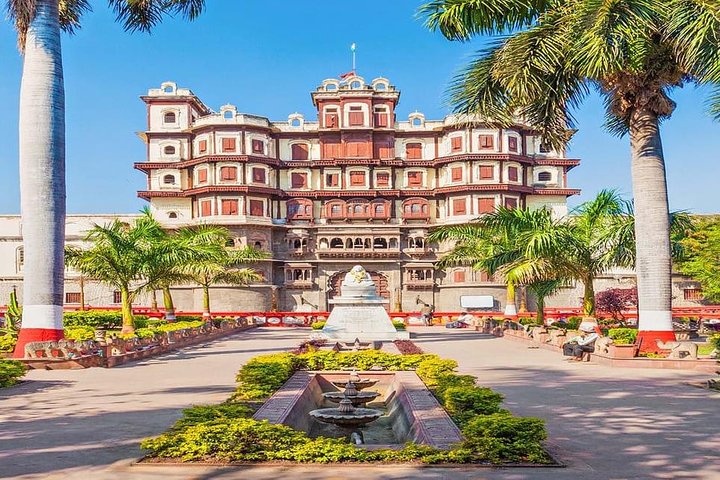Echoes of Mandu: A Journey Through Time and Architecture
Drawn by the allure of Mandu’s Afghan architecture, I embarked on a journey from Indore to explore the enigmatic Jahaz Mahal and its surrounding treasures. The road to Mandu promised a day steeped in history and architectural marvels.
The Journey to Mandu
The road to Mandu unfurled like a ribbon of forgotten tales, stretching 75 kilometers from Indore. As I drove through the landscape, the air was thick with the scent of history, whispering secrets of empires long past. The journey itself was a prelude to the mysteries that awaited me, a two-hour passage through time, where the road conditions were surprisingly good, as if the path itself was eager to lead me to the heart of Mandu.
November had cast its cool embrace over the land, making it the perfect time to explore the ancient ruins. The sun hung low in the sky, casting long shadows that danced across the fields, hinting at the stories etched into the stones of Mandu. I felt a familiar thrill, the same one I experienced when wandering through the decaying remnants of Soviet-era cities, a sense of stepping into a world where time had paused, leaving behind echoes of grandeur and decay.
The Enigmatic Jahaz Mahal
Upon arriving in Mandu, the Jahaz Mahal stood before me, a ship of stone and mortar, eternally anchored between the twin lakes of Munj Talao and Kapur Talao. Its silhouette was a haunting vision, a royal pleasure craft frozen in time, its open pavilions and overhanging balconies whispering of the opulence of Sultan Ghiyas-ud-din Khilji’s reign. The palace was alive with the ghosts of its past, a testament to the imagination and artistry of its creators.
As I wandered through its corridors, I was struck by the interplay of light and shadow, the way the sun’s rays filtered through the delicate trellis work, casting intricate patterns on the stone floors. It was a place where history and architecture converged, each corner revealing a new story, a new mystery to unravel. The Jahaz Mahal was more than just a building; it was a living narrative, a tapestry woven from the threads of time.
Hidden Gems and Forgotten Stories
Beyond the Jahaz Mahal, Mandu unfolded like a treasure map, each site a gem waiting to be discovered. The Hindola Mahal, with its sloping walls and innovative design, stood as a testament to the architectural prowess of its time. The Champa Baoli, an elaborately constructed well, whispered of the ingenuity of its creators, its underground rooms a marvel of engineering.
The Jami Masjid, inspired by the great mosque of Damascus, loomed large, its domes and arches a symphony of stone and space. As I stood beneath its towering presence, I felt the weight of history pressing down, a reminder of the empires that had risen and fallen, leaving behind only echoes of their grandeur.
In the fading light of the day, I found myself at the Rani Roopmati Pavilion, perched high on a hill, offering a panoramic view of the Nimar plains. It was a place of reflection, a moment to pause and absorb the stories that had unfolded before me. As the sun dipped below the horizon, painting the sky in hues of orange and purple, I felt a sense of completion, a day well spent in the embrace of Mandu’s Afghan architecture, a journey through time and memory.
























